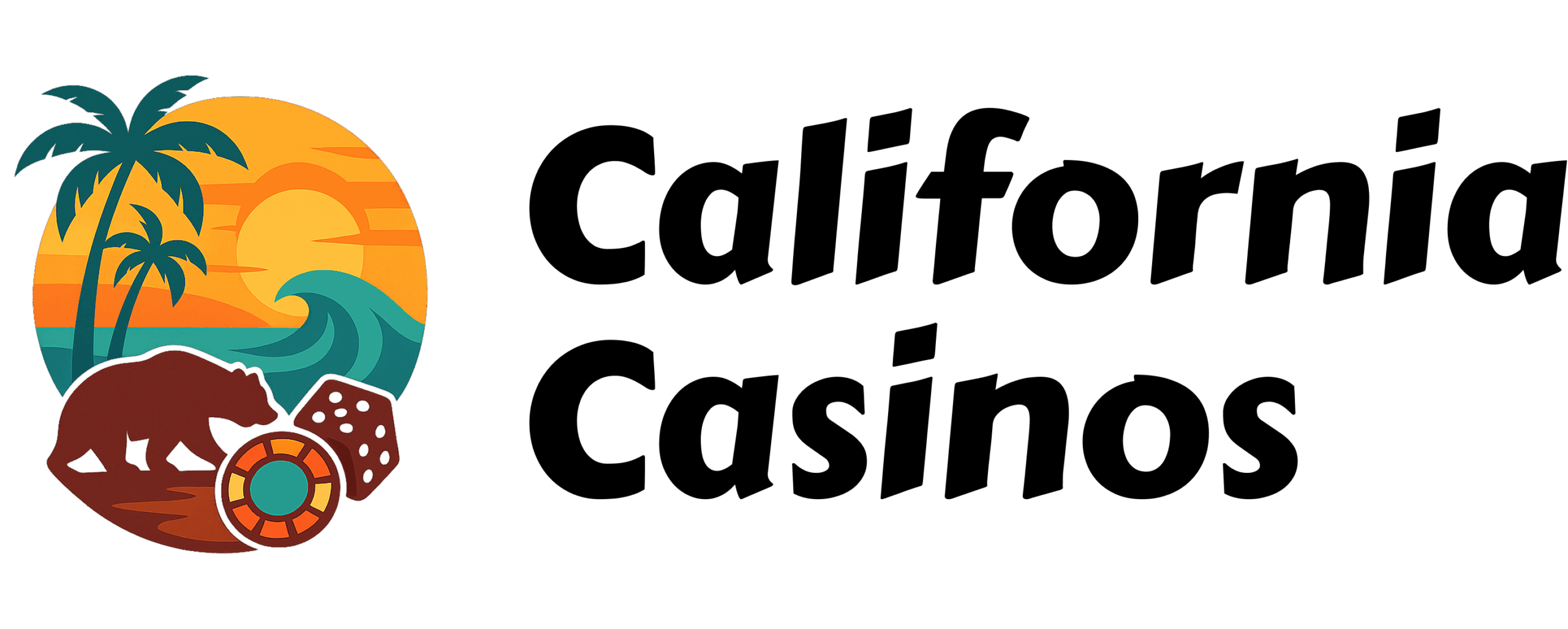“The nation’s residential “shadow inventory” as of July declined slightly to 1.6 million units, representing a five month supply, according to a report Tuesday from financial information company CoreLogic (NYSE: CLGX) of Santa Ana.
This is down from 1.9 million units, a six-month supply, in July 2010, and follows a decline from April when shadow inventory stood at 1.7 million units.
The moderate decline in shadow inventory is being driven by a pace of new delinquencies that is slower than the disposition pace of distressed assets, the report says.
“The steady improvement in the shadow inventory is a positive development for the housing market,” says Mark Fleming, chief economist for CoreLogic. “However, continued price declines, high levels of negative equity and a sluggish labor market will keep the shadow supply elevated for an extended period of time.”
The bigger problem is that banks have held back on foreclosures, so the inventory may have gone down, but the bad loans will come due and the inventory will grow. In the meantime we are seeing a decline in inventory and that is good for all of us.

Shadow inventory of unsold homes declines
Central Valley Business Times, 9/27/11
• Dropped by 1.6 Million units in July
• ‘A positive development for the housing market’
The nation’s residential “shadow inventory” as of July declined slightly to 1.6 million units, representing a five month supply, according to a report Tuesday from financial information company CoreLogic (NYSE: CLGX) of Santa Ana.
This is down from 1.9 million units, a six-month supply, in July 2010, and follows a decline from April when shadow inventory stood at 1.7 million units.
The moderate decline in shadow inventory is being driven by a pace of new delinquencies that is slower than the disposition pace of distressed assets, the report says.
“The steady improvement in the shadow inventory is a positive development for the housing market,” says Mark Fleming, chief economist for CoreLogic. “However, continued price declines, high levels of negative equity and a sluggish labor market will keep the shadow supply elevated for an extended period of time.”
CoreLogic estimates the current stock of properties in the shadow inventory, also known as pending supply, by calculating the number of distressed properties not currently listed on multiple listing services that are seriously delinquent (90 days or more), in foreclosure and real estate owned (REO) by lenders. Transition rates of “delinquency to foreclosure” and “foreclosure to REO” are used to identify the currently distressed non-listed properties most likely to become REO properties. Properties that are not yet delinquent but may become delinquent in the future are not included in the estimate of the current shadow inventory. Shadow inventory is typically not included in the official metrics of unsold inventory.
Of the 1.6 million properties currently in the shadow inventory, 770,000 units are seriously delinquent (2.2-months’ supply), 430,000 are in some stage of foreclosure (1.2-months’ supply) and 390,000 are already in REO (1.1-months’ supply).
As of July the shadow inventory is 22 percent lower than the peak in January 2010 at 2 million units, 8.4-months’ supply.
The total shadow and visible inventory was 5.4 million units in July 2011, down from 6.1 million units a year ago. The shadow inventory accounts for 29 percent of the combined shadow and visible inventories.
The aggregate current mortgage debt outstanding of the shadow inventory was $336 billion in July 2011, down 18 percent from $411 billion a year ago.







